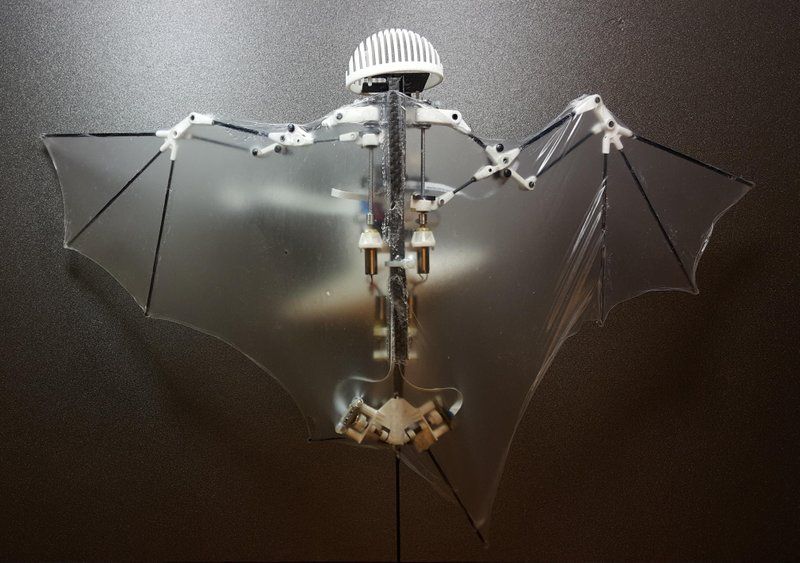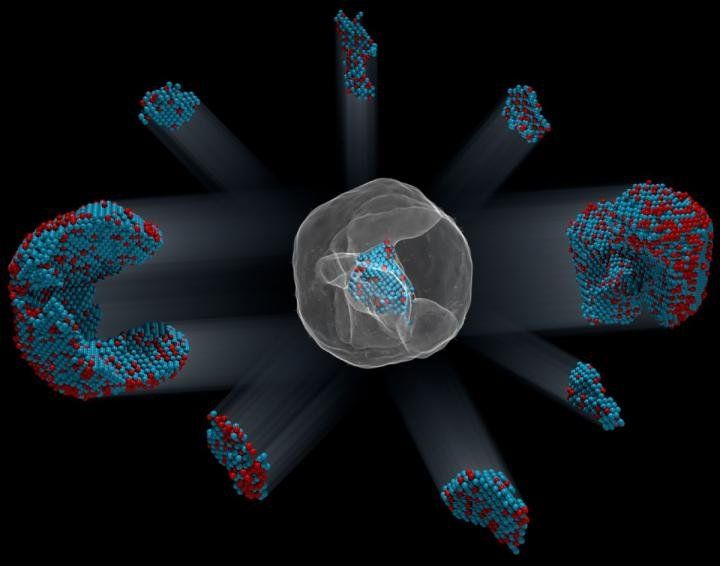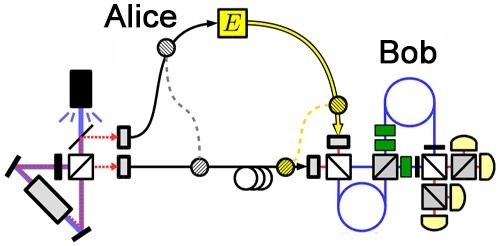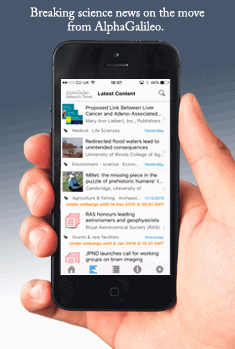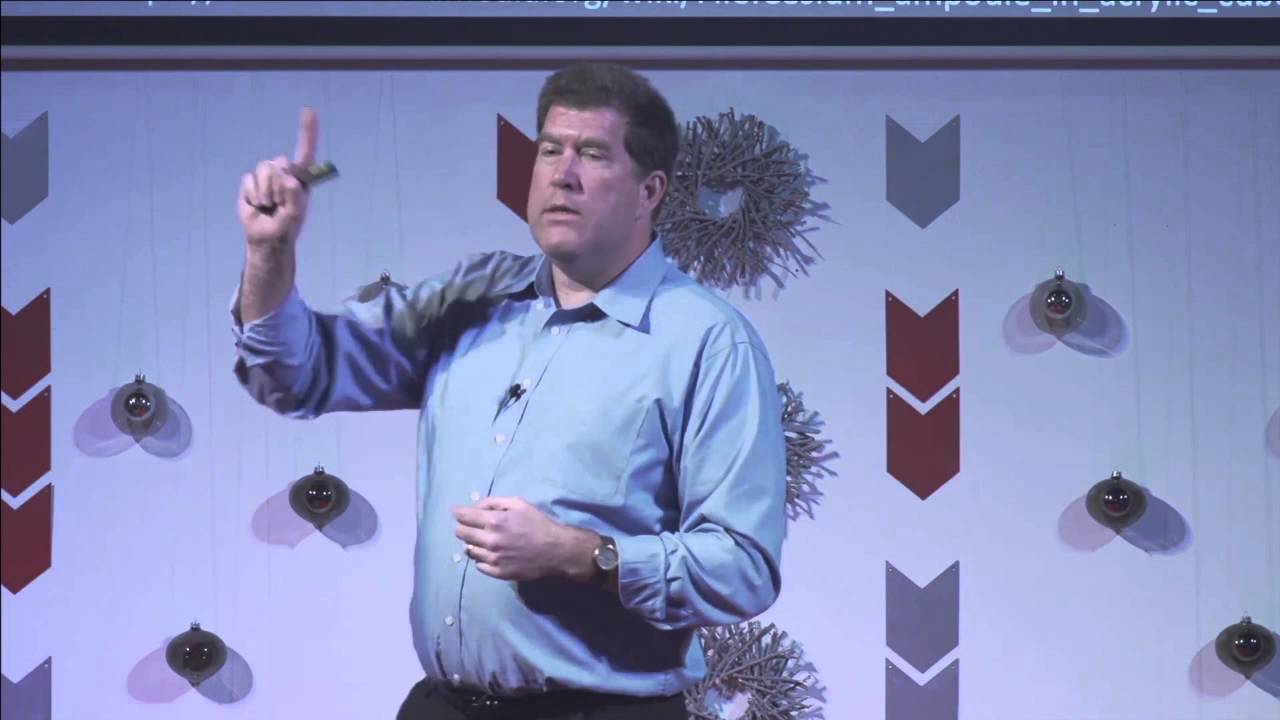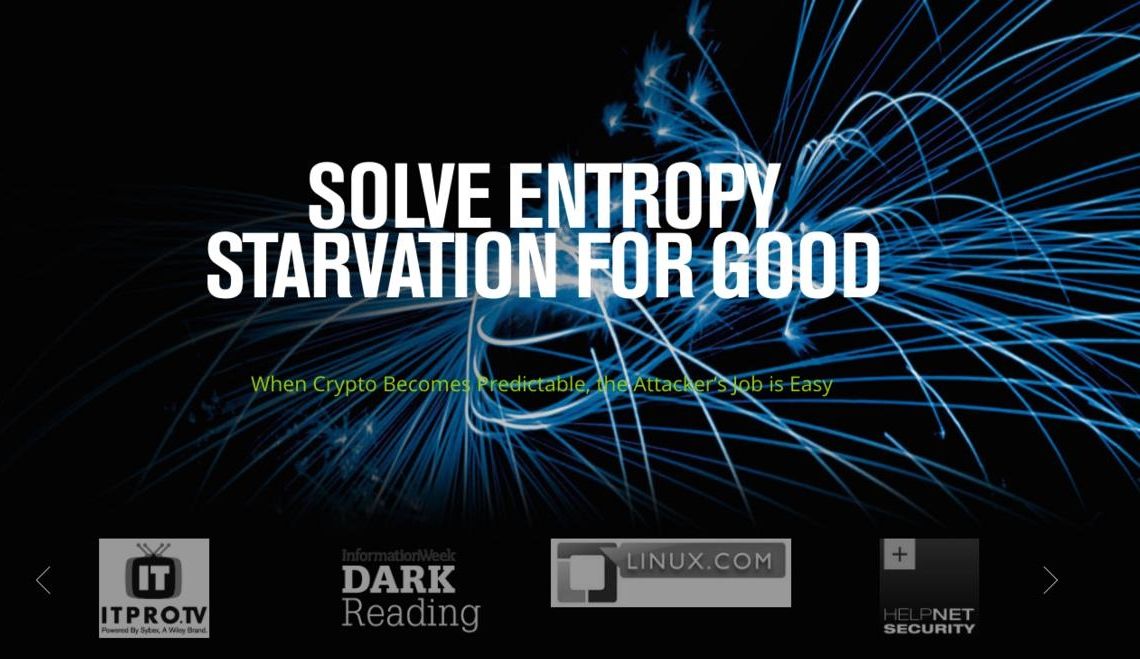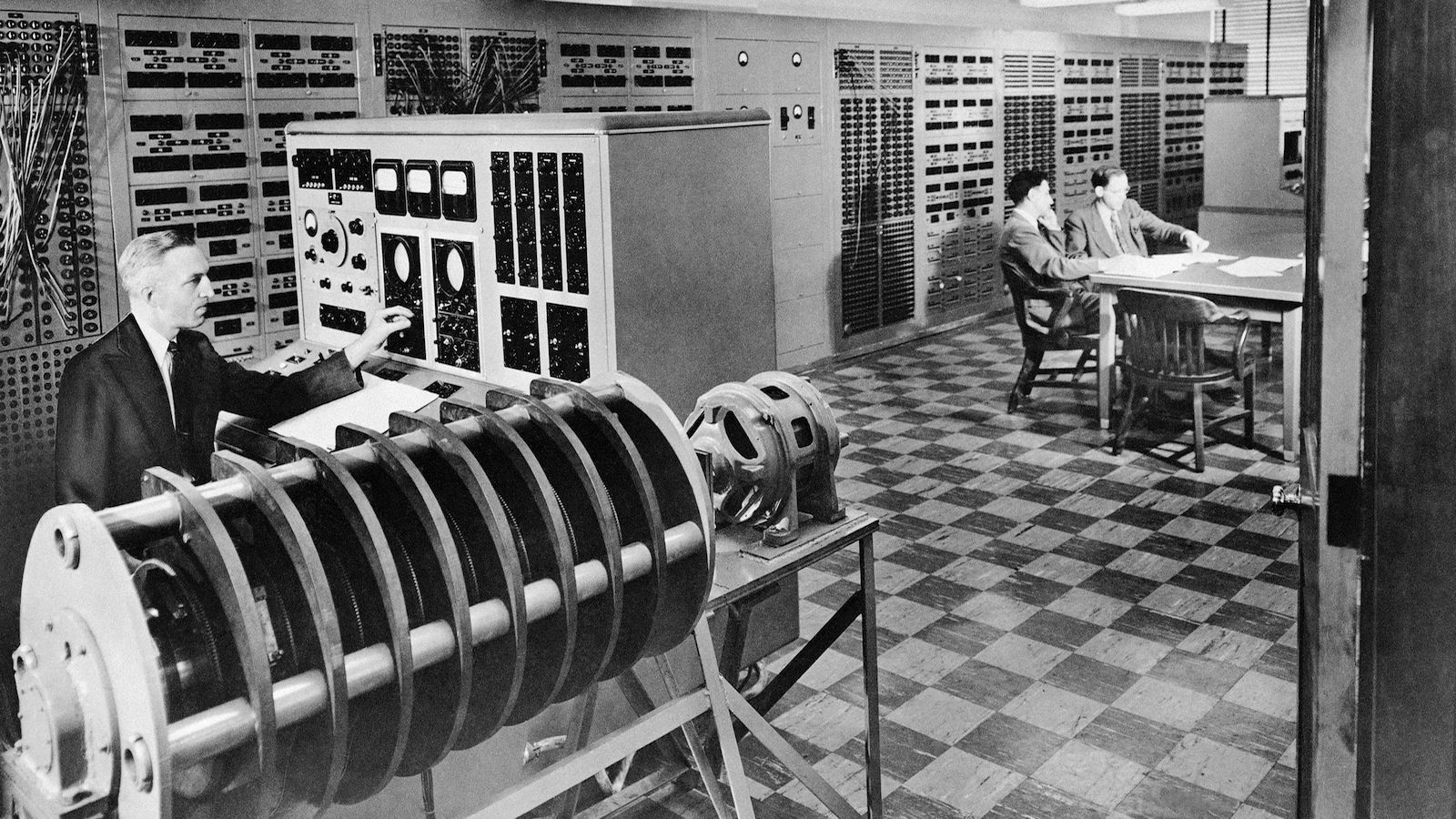Feb 1, 2017
Whoosh! Swish! Meet Bat Bot, the new flying batlike drone
Posted by Dan Kummer in categories: drones, nuclear energy, robotics/AI
WASHINGTON (AP) — Holy drone, Batman! Mechanical masterminds have spawned the Bat Bot, a soaring, sweeping and diving robot that may eventually fly circles around other drones.
Because it mimics the unique and more flexible way bats fly, this 3-ounce prototype could do a better and safer job getting into disaster sites and scoping out construction zones than bulky drones with spinning rotors, said the three authors of a study released Wednesday in the journal Science Robotics. For example, it would have been ideal for going inside the damaged Fukushima nuclear plant in Japan, said study co-author Seth Hutchinson, an engineering professor at the University of Illinois.
The bat robot flaps its wings for better aerial maneuvers, glides to save energy and dive bombs when needed. Eventually, the researchers hope to have it perch upside down like the real thing, but that will have to wait for the robot’s sequel.
